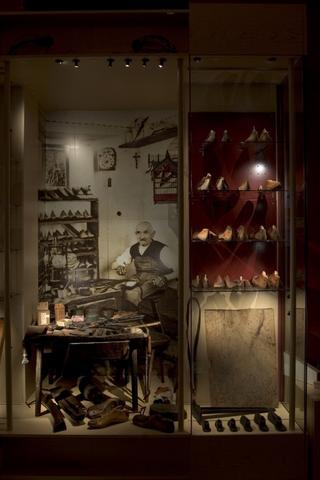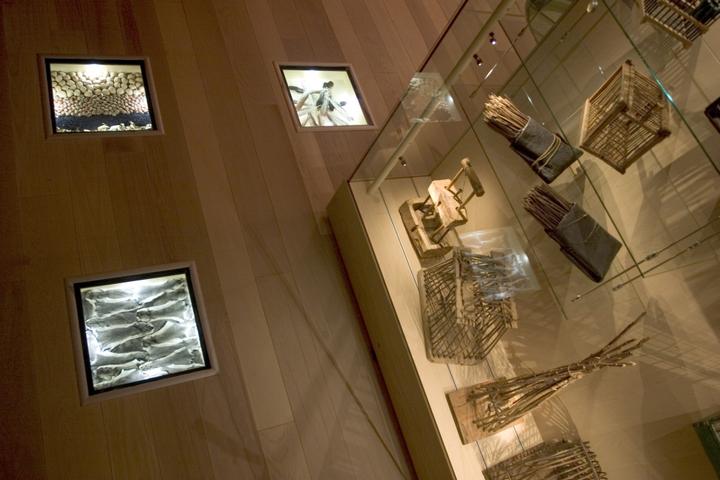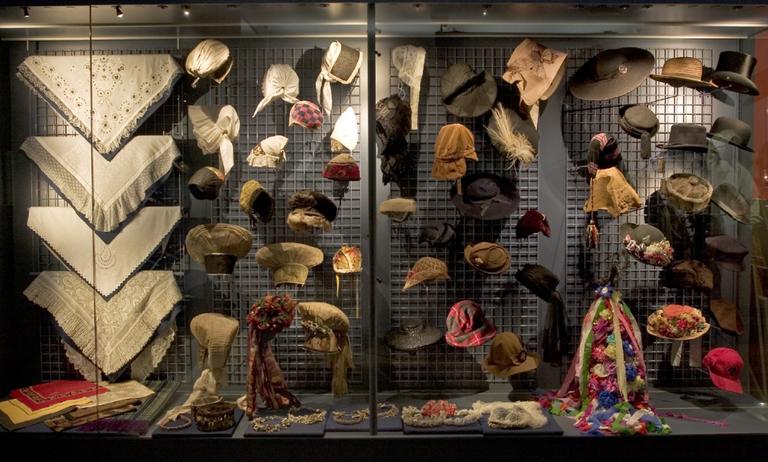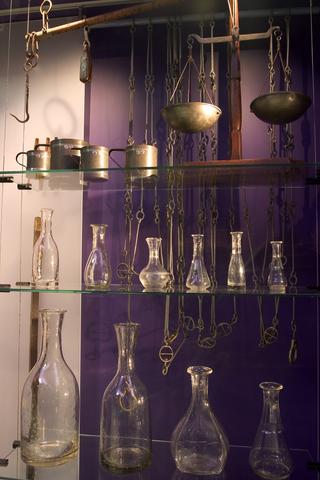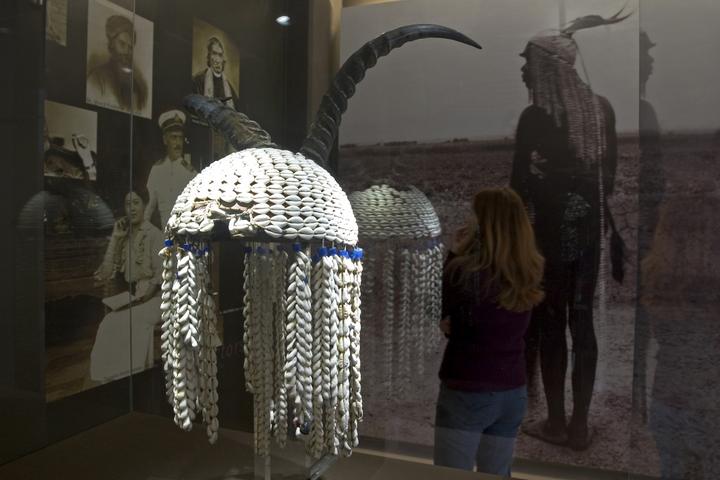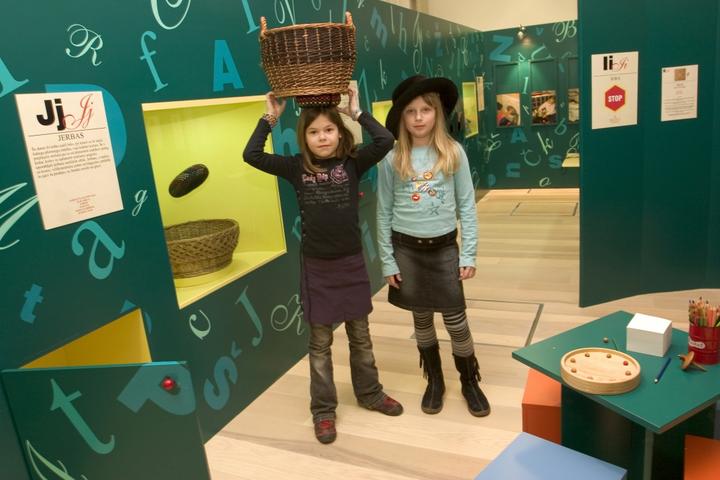Between Nature and Culture
The treasure of the museum collections - the Slovene and world culture heritage of everyday and festive life with over 3000 exhibited objects
In the permanent exhibition the museum curators and researchers enable their stories to be told - the rich array of purposes for which our predecessors made objects, used them, and through time and space distinguised and changed their forms, driven by the universal striving after survival in the natural environment into which we were born.
Objects of Life, Objects of Desire
is the introductory story to the relation between man and objects, to the material heritage that speaks to us of its diverse meaning; this is the histroy of the Ethnographic Museum, its collectors and collections. Representative ocjects are presented as well as the Slovene ethnological region, with its characteristic building traditions, dress, dance and speech.
Water and Earth
(or resources and ways of survival), is part of the exhibition in which we present objects for gathering, hunting, fishing, cultivating and preparing food, as well as the tools and products of crafts such as pottery, basketmaking, blacksmithing, clockmaking and shoemaking. Attention is also drawn to the economic aspects of emigration.
Necessary and Unnecessary
takes a close look at consumer goods related to dress and to home. Objects in the latter category are connected with heating and lighting, the preparation and consumption of food storage, sleep, keeping the home clean and protecting it, while clothes are considered in terms of their protective role, as a status symbol and as adornment; also their constituent elements and accessories such as head coverings and jewellery, as well as different textiles and their manufacture.
Social and Spiritual
explores attitudes to the world, displaying objects that tell of folk art (painted beehive panels, pictures on glass...), customs (Christmas and New Year, Easter, Shrovetide...), music (instruments used by folk musicians) and religion (saits, votive offerings...).
A Reflection of Distant Worlds
(Australia, Oceania, Asia, America and Africa) offers a concise look at narratives of objects from the non-European museum collection: the contacts that Slovenes such as: Friderik Baraga, Ignacij Knoblehar, Anton Codelli, Paul Schebesta, Ivan Skušek Jr. and Tsuneko Kondo kavase - Marija Skušek, Aleš Bebler and Vera Hrešèak Bebler, Anton Petkovšek, Anton Lavrin and van Švegel, had with non-European cultures and the cultures themselves.
Ethnoalphabeth
is a labyrinth of objects and concepts from A to Ž on the contacts between the Slovene and non-European parts of the exhibition; it is a space for discovery, research and play for the children, the young and the others.


